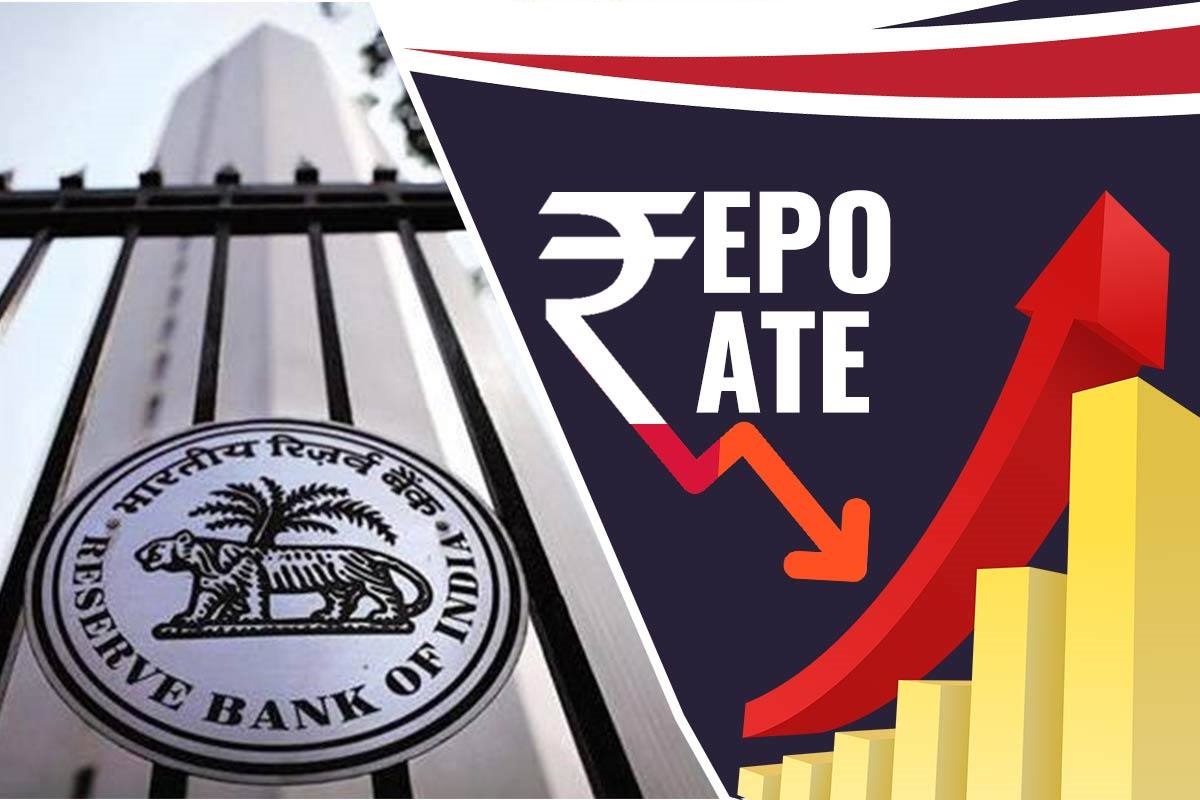Repo Rate and Reverse Repo Rate: 7 key differences you should know about
What is Repo Rate?
When any commercial bank approaches the Reserve Bank of India (RBI) for the funds, RBI charges with a fixed interest. This interest rate at which RBI lends the funds to the commercial banks is known as Repo Rate. For Example: If the Repo Rate is 10% as fixed by RBI per annum and the amount borrowed by the bank from RBI is INR 50,000, then the interest will be INR 5,000 that will be paid by the bank to RBI.
What is the Reverse Repo Rate?
When any commercial bank generates excess funds, they are allowed to deposit the funds in RBI. RBI offers the interest on these deposited funds to the banks. The interest earned on these deposited funds is known as the Reverse Repo Rate. For Example: If the Reverse Repo Rate is 5% as fixed by the RBI per annum and the bank has deposited INR 50,000 in RBI, then the interest that will be given by RBI to the bank will INR 2,500 per annum.
Major differences between the Repo Rate and Reverse Repo Rate are as follows:
1- High Repo Rate helps in draining the excess liquidity from the market while a high Reverse Repo Rate helps to inject liquidity into the economic system.
2- Repo Rate (where RBI lend funds) is always greater than Reverse Repo Rate (where bank deposits funds in RBI).
3- Repo Rate is used to control the inflation whereas the Reverse Repo Rate is used to control the money supply in the economy.
4- Higher the Repo Rate lesser will be the borrowing of funds from RBI while Higher the Reverse Repo Rate more will be the transfer of funds from commercial banks to RBI.
5- Lesser the Repo Rate more will be the borrowing of funds from RBI while Lesser the Reverse Repo Rate less will be the transfer of funds from commercial banks to RBI.
6- When RBI falls short on money, it increases the Reverse Repo Rate and whenever there is an excess supply of money in the market, RBI increases the Repo Rate.
7- Repo Rate fulfils the deficiency of funds while the Reverse Repo Rate ensures the liquidity in the economy.
#RepoRateandReverseRepoRate7keydifferencesyoushouldknowabout #RepoRate #K12News #LatestSchoolNews #GeneralKnowledge




